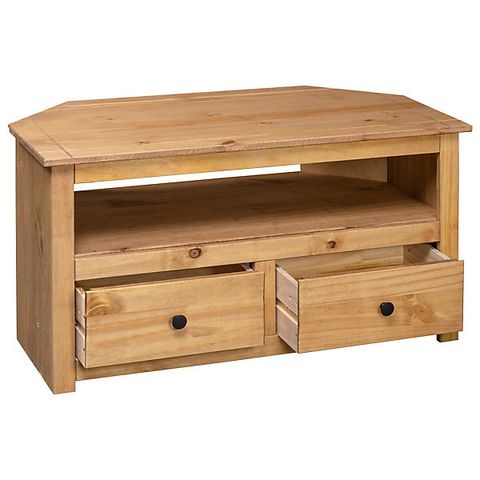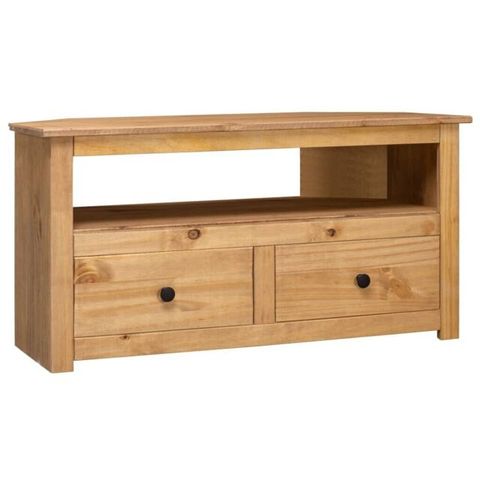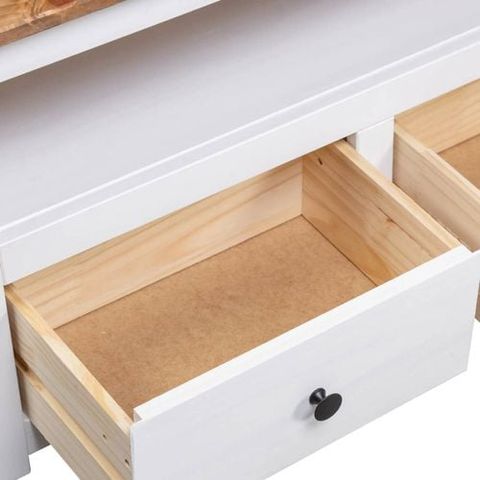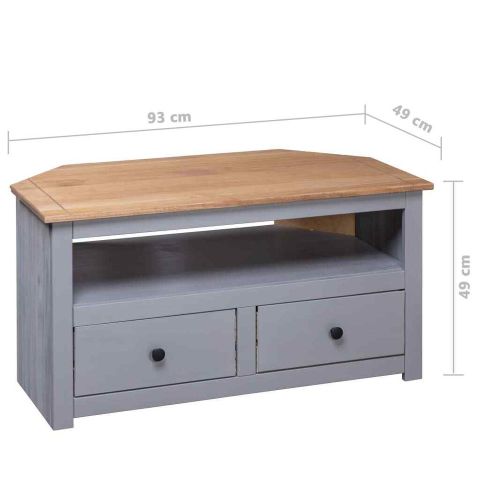Think about it – how many times have you looked at a beautiful entertainment center and thought, ‘This could last forever’? That’s exactly what we want when investing in furniture that will serve us for decades. The right material choice isn’t just about looks. It’s about creating something that stands the test of time, whether it’s your family’s daily entertainment hub or a showpiece that brings joy to every guest.
When it comes to entertainment centers, we’re not just talking about storage solutions. These are statement pieces that anchor our living spaces, hold our prized electronics, and often become the heart of family gatherings. The truth is, most people don’t think twice about the materials they choose for these important pieces. But the difference between a well-made entertainment center that lasts decades versus one that needs replacing after just a few years can be traced back to a single decision – what material did you choose? Whether you’re starting fresh or updating your current setup, understanding the characteristics of different materials is crucial. This guide aims to walk you through everything you need to know about selecting materials that will ensure your entertainment center remains a centerpiece for years to come.
Understanding Material Durability Factors
Durability in furniture materials isn’t just about strength. It’s about how well they handle daily wear, environmental changes, and the inevitable bumps and scratches that come with family life. Let’s start with the basics. When evaluating material durability, consider these factors:
• Resistance to moisture and humidity
• Ability to handle temperature changes
• Scratch and dent resistance
• Long-term stability under weight pressure
• How well they age and maintain their appearance
For entertainment centers specifically, we’re dealing with items that get moved around, have electronics placed on them, and are constantly exposed to varying temperatures. A material that’s perfectly fine for a dining table might not cut it for a room’s entertainment hub. Think about your lifestyle – do you have pets? Do kids frequently play nearby? Are you in a humid climate? These questions shape which materials make sense for your situation.
Wood: Timeless Elegance with Care Requirements
Wood remains the gold standard for many when it comes to entertainment centers. There’s something irreplaceable about the warmth and character that wood brings to a space. However, it’s not a one-size-fits-all solution.
Hardwoods like oak, maple, and cherry offer exceptional durability and can last generations if properly maintained. They develop a beautiful patina over time, which many find appealing. But they require regular care – dusting, occasional polishing, and protection from direct sunlight and moisture. If you’re someone who enjoys the natural beauty of wood but wants less maintenance, engineered hardwoods provide a middle ground.
Softwoods such as pine and cedar are more affordable but less durable. They’re better suited for casual settings or temporary installations. For a long-lasting entertainment center, hardwoods generally win out, but they do demand attention. The investment in quality hardwood is often worth it for those who appreciate craftsmanship and timeless appeal. Consider that a solid oak entertainment center can easily last 50+ years with proper care, making it a true investment piece rather than just furniture.
Solid Wood vs. Engineered Wood: What You Need to Know
The debate between solid wood and engineered wood is one of the most common questions people face when choosing materials for their entertainment centers. Let’s break it down simply.
Solid wood is made entirely from natural wood pieces, usually from a single tree or multiple trees joined together. It’s incredibly strong and can be refinished multiple times over its lifetime. Solid wood pieces also tend to be more stable in varying climates because they’re made from natural materials that respond to environmental changes gradually.
Engineered wood, on the other hand, combines layers of wood fiber with adhesives and resins. While it’s more affordable and often more consistent in appearance, it lacks the durability and repairability of solid wood. Engineered wood can swell or warp in high humidity environments, and it typically cannot be refinished like solid wood.
For entertainment centers, especially in areas with fluctuating humidity, solid wood is often the better choice. The investment pays off in longevity and the ability to pass the piece down through generations. However, if budget is a major concern, engineered wood can still work well for lighter-duty applications or rental properties.
Metal: Strength and Modern Appeal
Metal entertainment centers bring a completely different aesthetic to the table. They’re often chosen for their industrial look, modern appeal, or sheer strength. Steel and aluminum are the most common metals used in furniture construction.
Steel offers incredible durability and can support heavy loads without bending or warping. It’s particularly good for entertainment centers that will house large TVs or heavy equipment. However, steel is prone to rust if not properly treated and protected. Look for centers with powder-coated finishes or galvanized surfaces for better longevity.
Aluminum is lighter than steel and naturally resistant to corrosion, making it ideal for outdoor or high-humidity environments. It’s also easier to move around if needed. However, aluminum isn’t as structurally robust as steel for very heavy loads.
Metal centers often require less maintenance than wood options, but they can show fingerprints and scratches more easily. They also tend to conduct temperature, so they might feel cold to the touch in winter. The key with metal is finding a reputable manufacturer who uses quality alloys and protective coatings.
Laminate and Veneer: Cost-Effective Solutions
For those watching their budgets carefully, laminate and veneer offer excellent alternatives without sacrificing too much in terms of appearance. Both are popular choices for budget-conscious buyers who still want quality.
Laminate is essentially a thin layer of decorative material pressed onto a substrate, usually particle board or MDF. It’s extremely affordable and available in countless designs, from wood grain patterns to sleek modern finishes. However, it’s not as durable as solid wood or metal. Scratches and dents can be visible, and the edges may chip or peel over time.
Veneer is a thin slice of real wood applied to a base material. It provides the look of solid wood at a fraction of the cost. Quality veneers can be quite durable, but they’re susceptible to moisture damage and can separate over time. The key is choosing reputable brands that use proper adhesion techniques.
Both materials can work well for entertainment centers, especially if you’re looking for a temporary solution or if the center will be in a low-traffic area. For long-term use, they’ll need more careful handling and protection than solid wood or metal options.
Making the Right Choice for Your Lifestyle
The best material for your entertainment center ultimately depends on your unique circumstances. Here’s a quick checklist to help you decide:
• Budget considerations
• How often you plan to move the piece
• Family dynamics (pets, children, etc.)
• Climate and humidity levels in your home
• Desired aesthetic
• Maintenance preferences
• How long you plan to keep the piece
Consider your priorities carefully. If you’re looking for something that will stay put for decades and you value the natural beauty of wood, go with quality solid hardwood. If you need something that’s extremely strong and can handle heavy equipment, metal might be your best bet. If you’re working with tight constraints and want something that looks great without breaking the bank, laminates or veneers can work well.
Don’t forget to factor in the space where you’ll be placing it. Will it be in a high-traffic area? Is there a lot of sunlight? Will it be near a bathroom or kitchen? These environmental factors play a huge role in determining which material will hold up best over time.
Choosing the right material for your entertainment center is more than just picking something that looks good. It’s about creating a piece that will be part of your family’s story for years to come. Whether you’re drawn to the classic appeal of solid wood, the modern strength of metal, or the practicality of engineered materials, the key is making an informed decision based on your specific needs and lifestyle. Remember, the most expensive option isn’t always the best one – sometimes the smartest choice is the one that matches your priorities perfectly. Take your time, consider all the factors, and trust that your investment in quality materials will pay dividends in both satisfaction and longevity. After all, your entertainment center should be a source of pride, not frustration. The right material choice means it will be a lasting fixture in your home, not a temporary solution.














